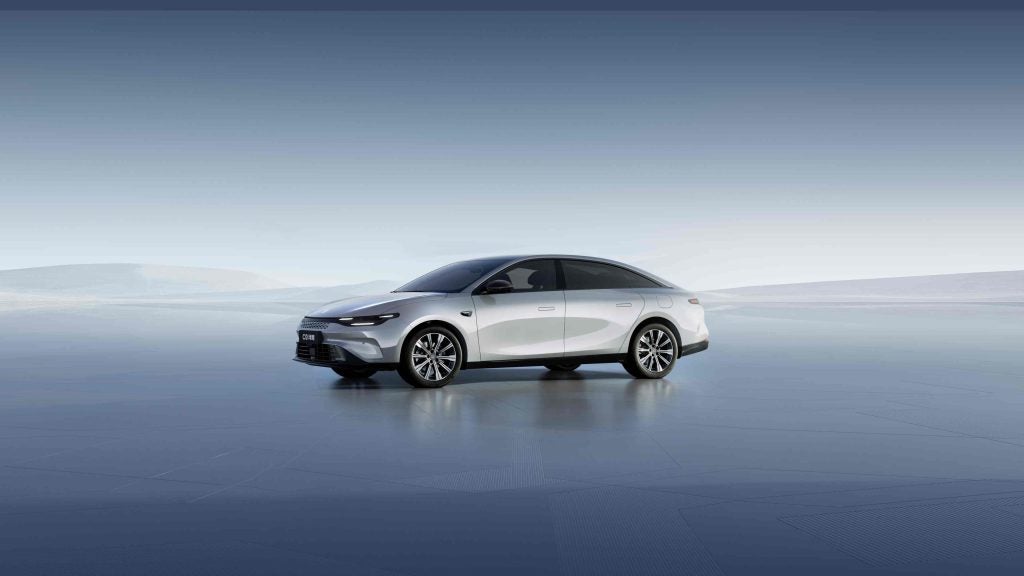
Mayor of London Sadiq Khan has called on the automotive industry to address the increased theft risk of keyless vehicles, raising the question of how secure such new automotive technology is.
In addition to thefts, concerns about cybersecurity in the industry across the industry raise the prospect of higher insurance premiums for consumers.
Addressing CEOs of significant car brands such as Toyota, Jaguar Land Rover, Mercedes-Benz and Ford following an increase of 7.7% in the number of vehicle thefts in London, Kahn said: “I urge you to go further in the pursuit of eliminating the vulnerabilities associated with keyless vehicles and set higher industry standards for vehicular safety.”
Data from the Met Police, reported by the Evening Standard, showed that 60-65% of 33,000 cars stolen in the last year were keyless car thefts.
How do keyless cars work and why are they susceptible to theft?
Keyless cars use electronic fobs that transmit unique low-frequency signals to vehicles, allowing owners to unlock their vehicles if they are in close proximity to them.
Ian Jones, claims operations manager at insurance provider Admiral, explains to Just Auto: “Criminals continue to identify ways to exploit vehicle technology to steal cars. The most common means today is a relay attack, when two criminals work together using an electronic signal relay to intercept a key fob signal, usually when the key fob is within the victim’s home.
How well do you really know your competitors?
Access the most comprehensive Company Profiles on the market, powered by GlobalData. Save hours of research. Gain competitive edge.

Thank you!
Your download email will arrive shortly
Not ready to buy yet? Download a free sample
We are confident about the unique quality of our Company Profiles. However, we want you to make the most beneficial decision for your business, so we offer a free sample that you can download by submitting the below form
By GlobalData“However, a relatively new method gaining popularity amongst criminals is the hacking of a vehicle’s ‘controller area network bus’ or circuit board to disable locking and alarm systems. Both methods enable thieves to steal cars and drive off in seconds.”
While consumers can try and mitigate this by storing keys well away from vehicles and using metallic lined pouches that block the signals from keys until they are ready to be used, the onus, as Khan highlighted, is on businesses to come up with solutions to stop this.
Cybersecurity in the automotive industry
GlobalData’s Thematic Research: Cybersecurity in Automotive report, notes that cybersecurity in the automotive industry is still in its infancy.
A recent report from Vinay Raghunath at EY India, meanwhile, highlights that, as the demand for connected cars increases, OEMs must be conscious of a myriad of cybersecurity risks concerning not just the theft of a vehicle but the theft of personal information too.
“Connected cars are vulnerable to a range of cybersecurity threats, including hacking, data breaches, and malicious attack,” it states. “As vehicles become more sophisticated with internet connectivity, sensors, and onboard computers, the attack surface for potential exploits expands.
“Cyber threats can compromise the safety, privacy, and functionality of connected cars, making it imperative to implement robust security measures.”
GlobalData automotive analyst Sammy Chen comments: “Car manufacturers are trying to provide convenience to the car owner by making it easier to enter a vehicle, but this needs to be balanced with the right security measures.”
“In addition, more regulations have come into force since 2022, such as the UN Economic Commission for Europe Regulation 155, which requires car manufacturers to monitor, detect and respond to cyberattacks, threats and vulnerabilities throughout the life of all new vehicles sold. Compliance with this regulation will be a prerequisite to securing vehicle type approval and allowing a vehicle model to be sold.”
“Further progression can be made by continuing to enhance cybersecurity regulations and requiring them to cover all areas of the industry, including the design, development and production of components.”
“OEMs which lack the technical expertise required to implement effective cybersecurity measures will need to outsource, via mergers, and acquisitions between OEMs, suppliers and vendors of cybersecurity.”
Ramifications for car insurance
Khan’s letter noted the effects of increased thefts on consumers and the knock-on effects on insurance prices.
“Your customers are suffering twofold,” he told manufacturers. “Firstly, they are increasingly likely to become victims of theft, and, secondly, they are subject to higher insurance premium costs, which in London are becoming unaffordable for many.”
Speaking from the perspective fo the insurance industry, Jones is keen to note that security is just one of a myriad of factors that go into calculating a car insurance premium.
“These factors don’t work in isolation but are assessed together to work out the likelihood of the customer making a claim in future,” he says, adding that car owners should ensure they get the latest security updates from vehicle manufacturers whenever they are rolled out and make vehicles as also use items like wheel locks to deter criminals.
Regardless of such measures though, John Elmore, editor and spokesperson for Electric Car Guide, believes manufacturers must make security a priority.
“Given that EVs are already much more expensive to insure, this spike in thefts could exacerbate insurance premium rates even further,” he tells Just Auto. “This situation demands immediate action from car manufacturers to enhance security features, particularly in EVs, to prevent them from becoming prime targets for theft.
“For the EV industry, manufacturers must prioritise vehicle security in their design and tech. Improving security features in electric cars will make EV insurance more affordable, thereby making EVs more accessible to a wider range of people. This will help with the public’s trust and willingness to switch to electric.”




